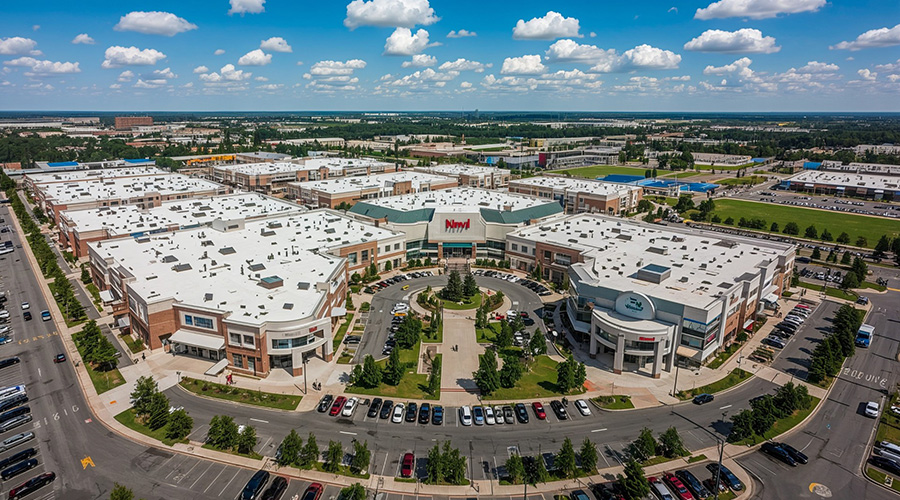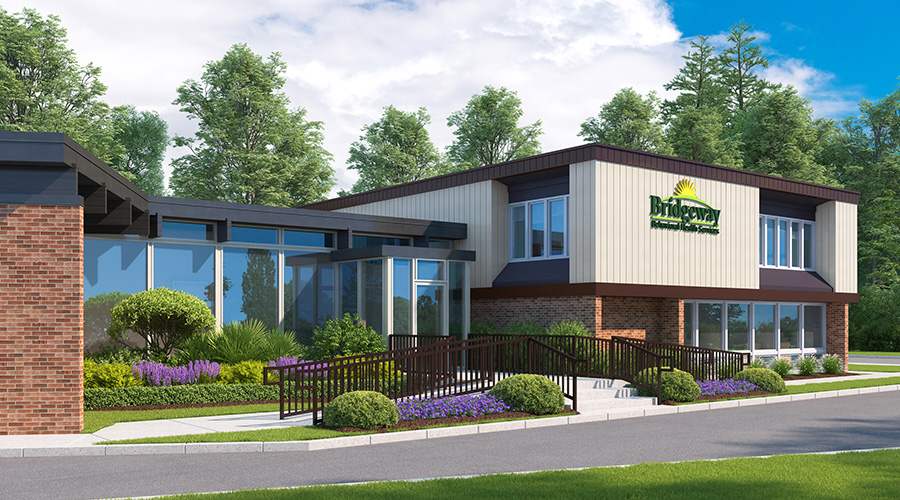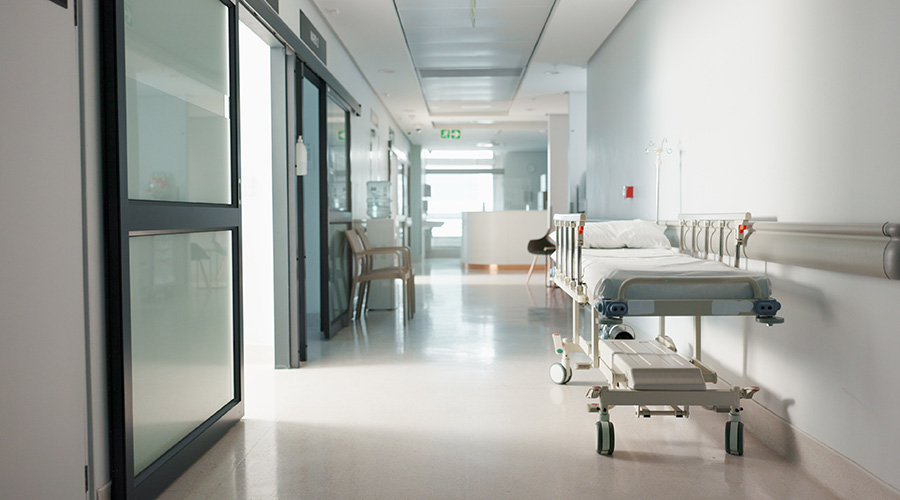Leveraging a combination of claims data and publicly available data, the AI-generated lists rank hospital patient populations based on their risk for the most severe outcomes if infected. Patients are classified by their risk of hospitalization, end organ failure, and mortality as a result of infection. The lists also identify the clinical factors and social determinants of health driving their risk, including factors like unemployment, transportation access and food insecurity.
“Health systems can use this information to proactively engage patients with guidance to prevent the worst outcomes, prepare for surges of patients in advance, establish mobile testing centers for vulnerable populations, and to inform partnerships with community groups to address the top socioeconomic contributing factors,” said Dr. John Frownfelter, Chief Medical Information Officer for Jvion. “This could include providing food delivery services if transportation is limited, to protect the vulnerable from leaving their homes,” he added.
Vickie Rice, VP of Strategic Analytics at CareATC in Oklahoma, said, “With the output from Jvion’s COVID-19 list, we’ve been able to proactively reach out to those patients in our population who are most vulnerable to COVID-19, while at the same time offering our employer clients the ability to mitigate the impacts of this disease on their population.”
Other customers are using Jvion’s COVID Patient Vulnerability Lists to identify neighborhoods where mobile testing clinics are appropriate, saving vulnerable patients from a trip to the hospital where they could expose themselves to the virus.
In addition to customer-specific patient vulnerability lists, Jvion also released a COVID Community Vulnerability Map, which has received over one million views to date. The map provides a geospatial view of populations at-risk for severe outcomes, and surfaces the socioeconomic and environmental drivers for that risk. It is also overlaid with points of interest such as transportation, food sources, hospitals and health services, helping community leaders and healthcare providers deploy interventions and allocate resources.
April 7, 2020
Topic Area: Press Release
Recent Posts
 Healthcare Is the New Retail
Healthcare Is the New Retail
How site selection strategies are shaping the future of medical real estate.
 Bridgeway Behavioral Health Services Launches Campaign to Renovate Health Center
Bridgeway Behavioral Health Services Launches Campaign to Renovate Health Center
The $2 million capital campaign aims to renovate and expand the outpatient behavioral health center in Elizabeth, New Jersey.
 Ground Broken for New North Dakota State Hospital
Ground Broken for New North Dakota State Hospital
The 300,000-square-foot facility in Jamestown will provide 140 beds in a modern, trauma-informed care environment.
 AI Usage for Healthcare Facilities
AI Usage for Healthcare Facilities
People in all industries are finding more use cases for artificial intelligence.
 Ground Broken on Pelican Valley Senior Living Modernization Project
Ground Broken on Pelican Valley Senior Living Modernization Project
It is expected to reach completion in early-mid 2027.